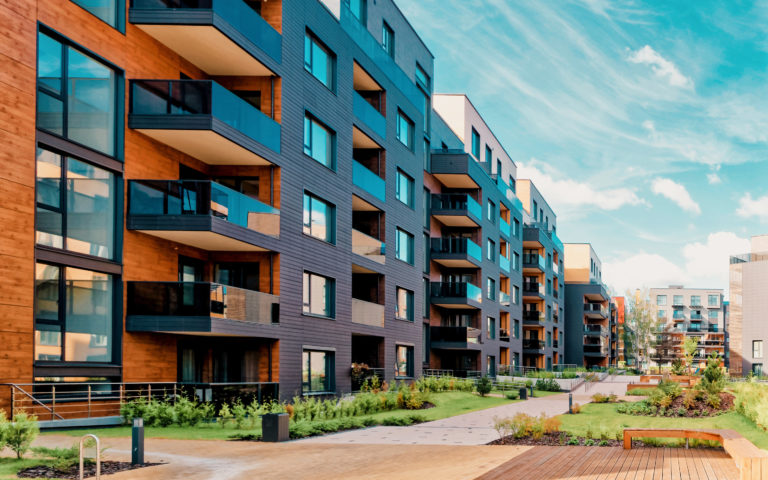HMO investment can offer strong rental yields for investors, but it’s also an increasingly important segment plugging the supply gap for the rental market.
Over recent years, there has been a distinct shift in attitudes when it comes to shared living. With competition for rental homes making it more difficult to find a property in some areas, while simultaneously pushing up prices, co-living has grown in popularity among tenants.
This shift is reflected in landlords’ buying patterns too, with a huge rise in enquiries for HMO investment (houses in multiple occupation) seen by BuyAssociation and other investment companies and agents.
But tenants are also more discerning in their property choice, and this is another factor that has made HMO investment a more high-quality and appealing choice, as standards have risen alongside changing attitudes. High-end HMOs are becoming more commonplace, created with tenants in mind, and generating strong rental returns as a result.
Earlier this year, figures from the Office for National Statistics (ONS) revealed that the HMO market is now worth an estimated £78bn, generating more than £6.3bn annually in rental income for investors.
As a property type, HMO investment offers some of the strongest rental yields available for landlords, but location, property standards and other factors influence the profits that can be made from the sector.
HMO investment: what to look for
A new report from COHO has revealed the main reasons that tenants choose to live in a shared property, and the results can help to shape what investors look for and prioritise.
The top reason people gave for wanting to co-habit was affordability – a response given by 58% of tenants. HMOs tend to be cheaper per tenancy contract than a standard buy-to-let, where you rent the whole property.
However, it is worth noting that many tenants would be willing to pay more rent in an HMO with certain qualities, such as homes where they are sharing with likeminded tenants, properties with high-speed internet, and a good property manager who acts quickly to resolve issues.
The second top priority for HMO tenants is a great location. The report noted: “Tenants want to live near work, friends, and everything else that makes life easier or more enjoyable.
“Shared homes in well-connected areas make that possible, without the premium that often comes with renting alone. For many, this is what makes shared living worth it.”
Next on the list was having bills included, which is more common among HMO investment properties than traditional buy-to-let, as it removes the complexity of arranging and agreeing on bills with a larger household.
“Tenants value clarity,” said the report. “Knowing exactly what is due each month helps avoid hassle and keeps the household running smoothly.”
Good housemates was the next top consideration for tenants, making comprehensive tenant vetting and selection an important part of HMO investment. Shared living is a social experience and an important part of the decision to co-habit. Poor compatibility among tenants was also cited as one of the biggest reasons for tenants moving out, making it especially crucial to prioritise.
Benefits for investors
For investors, while each room may offer reasonable rent, the total income from an HMO, where each room is rented out on a separate tenancy agreement, tends to exceed that of a standard buy-to-let. This not only boosts rental yields, but also provides protection against void periods, as your income stream from the other tenants continues when one moves out.
The property type is also growing in popularity, with 77% of tenants surveyed by COHO who are not currently living in a shared house saying they would consider it in the future. The 39% who do currently live in an HMO said they have no plans to move out, pointing to co-living as a more long-term choice for tenants.
This makes HMO investment a more attractive prospect, as the longer tenants stay put, the greater the yields and experience can be for the owner and the people living in the property.
The report noted: “We’re entering a new phase of the rental market where shared housing is a long-term choice. As expectations rise, those who stay ahead of the curve will have the edge, not just in demand, but in loyalty, retention and reputation.”










